The Indian cobra is one of the most well-known snakes in the world. It is famous for its large hood, its link to snake charmers, and its powerful venom. While it may look scary, the cobra plays an important role in controlling pests in the wild.
Scientific Classification
-
Kingdom: Animalia
-
Phylum: Chordata
-
Class: Reptilia
-
Order: Squamata
-
Family: Elapidae
-
Genus: Naja
-
Species: Naja naja
Common Names
-
Indian Cobra
-
Spectacled Cobra (because of the eye-like mark on its hood)
-
Nag or Naja (in local Indian languages)
-
Binocellate Cobra
Geographic Distribution
The Indian cobra is mainly found in:
-
India
-
Pakistan
-
Sri Lanka
-
Nepal
-
Bangladesh
It lives in forests, grasslands, farmlands, and even near human homes.
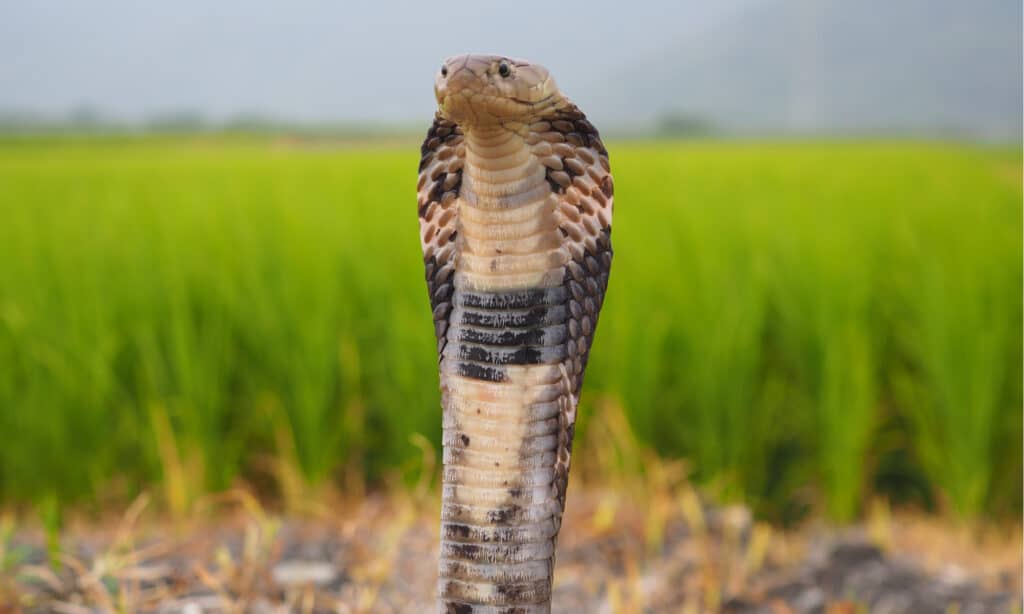 Image showing Indian cobra with hood fully spread near a field (Source: A-Z Animals)
Image showing Indian cobra with hood fully spread near a field (Source: A-Z Animals)
Physical Characteristics
-
Length: 1 to 1.5 meters (can grow up to 2 meters)
-
Color: Can be brown, black, or yellowish
-
Hood Mark: Two circular spots on the back of the hood (like spectacles)
-
Body: Smooth scales and shiny skin
-
Fangs: Fixed and short, but venomous
Cobra Behavior
-
Usually active at night (nocturnal)
-
Spreads its hood when it feels threatened
-
Can “hiss” loudly as a warning
-
Tries to avoid humans if not disturbed
-
Good swimmer and climber
What do Cobras eat?
Cobras are carnivores. They mainly eat:
-
Rats and mice
-
Frogs and toads
-
Birds and their eggs
-
Other snakes (including venomous ones)
This helps control rodent populations, especially around farms and homes.
Fun facts about the Indian Cobra
-
The Indian cobra is one of the “Big Four” snakes responsible for most bites in India.
-
It is highly respected in Indian culture, often linked to Lord Shiva.
-
Snake charmers use Indian cobras, but the snakes can’t actually hear the music — they follow movement.
-
Despite their fame, cobras are shy and won’t attack unless provoked.
-
When a cobra is ready to strike, it lifts one-third of its body off the ground.
Importance to Humans
Positive Roles:
-
Helps farmers by eating rats and mice
-
Important in cultural festivals and traditional stories
-
Used in venom research and production of anti-venom
Challenges:
-
Many cobras are killed out of fear
-
Snake charmers often mistreat them
-
Cobra bites can be fatal without quick treatment
Health & common issues (in Rescue or Captivity)
While cobras are wild animals, some are rescued or kept in research centers and zoos.
Common Issues:
-
Dehydration or poor feeding
-
Mouth rot (infection)
-
Injury from snake charmers or vehicles
-
Stress from small cages
Health Tips:
-
Proper enclosure with hiding spots
-
Correct temperature and humidity
-
Trained handlers only, safety first
-
Immediate vet attention for wounds or weakness
Venom & Danger
-
The Indian cobra’s venom is neurotoxic, it affects the nerves.
-
A single bite can kill a human if not treated in time.
-
Symptoms include: blurred vision, trouble breathing, drooping eyelids, and paralysis.
-
Anti-venom is available and must be given quickly in hospitals.
Warning: Never try to catch or kill a cobra. Call animal control or wildlife rescue.
Conservation Status
-
The Indian cobra is protected under India’s Wildlife Protection Act
-
Still, they are often harmed or killed by humans
-
Wildlife groups work to rescue cobras and educate people about their importance
Indian Cobra vs King Cobra
| Feature | Indian Cobra | King Cobra |
|---|---|---|
| Length | 1–2 meters | 3–5.5 meters (much larger) |
| Hood Marking | Spectacle or ring pattern | No clear marking |
| Venom Type | Neurotoxic | Neurotoxic + more powerful |
| Behavior | Shy, defensive | More confident, hunts snakes |
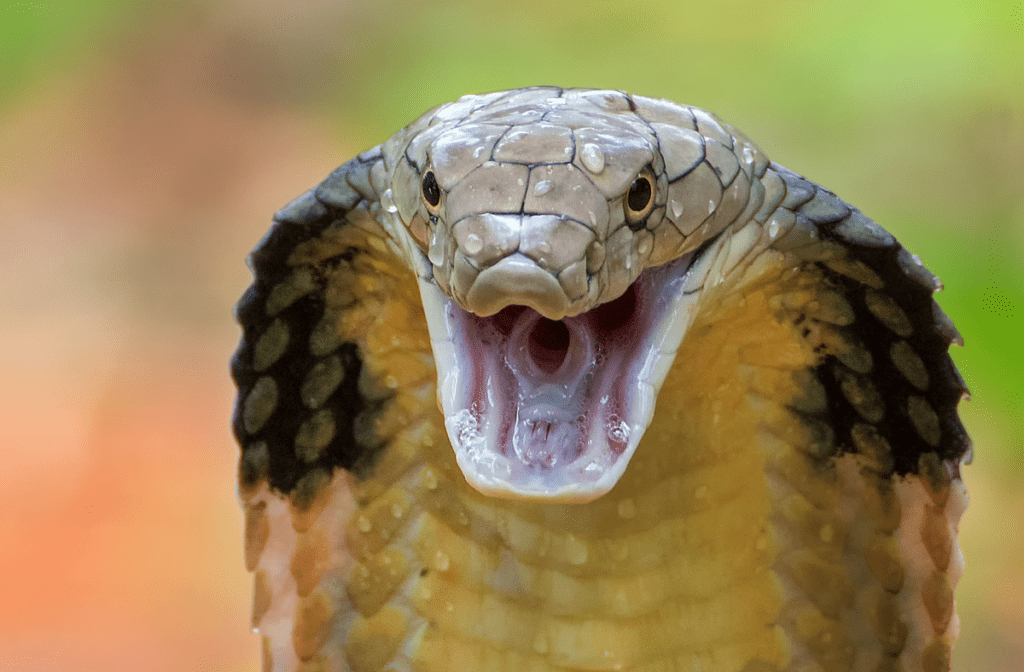 Image showing a Close-up of cobra lifting its hood in defense pose with mouth open (Source: Animal World and Snake Farm Zoo)
Image showing a Close-up of cobra lifting its hood in defense pose with mouth open (Source: Animal World and Snake Farm Zoo)
If you have questions about snake bites, venomous reptiles, or wildlife safety, you can visit Doctor Hulk Veterinary Hospital or call 08143397614.








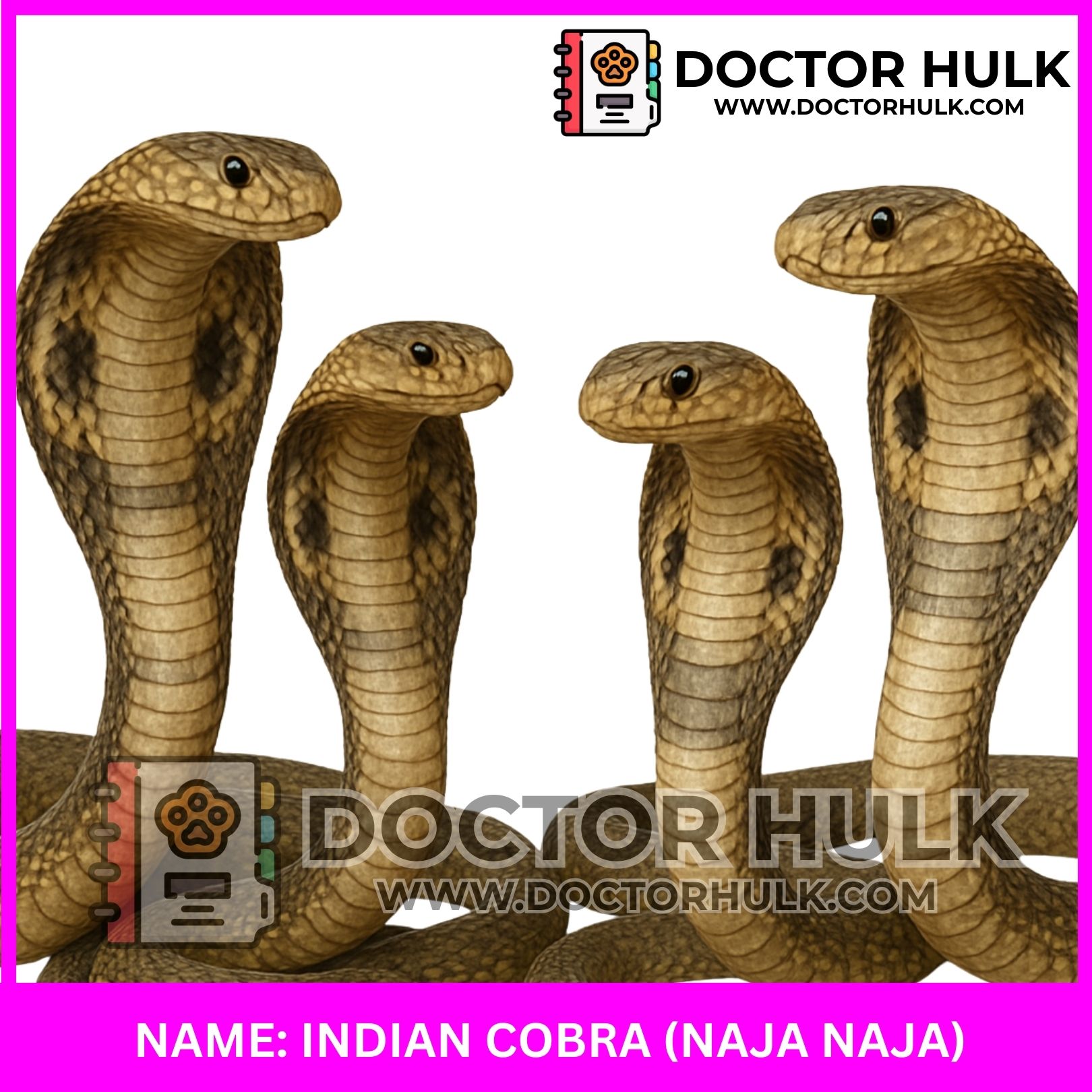
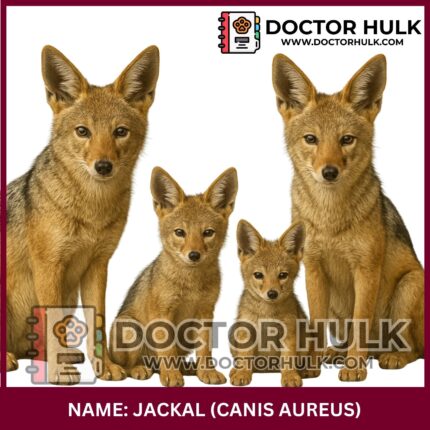
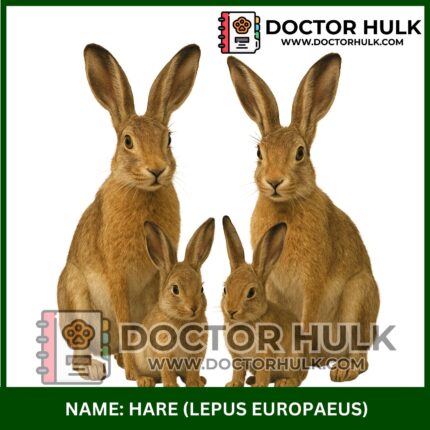


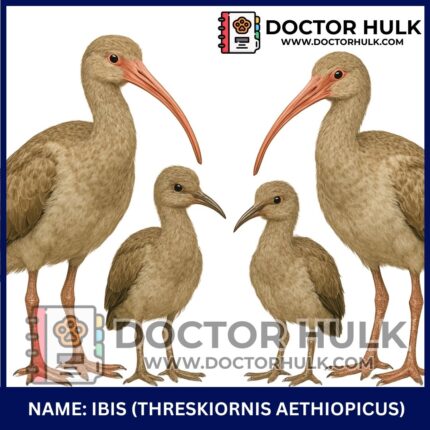
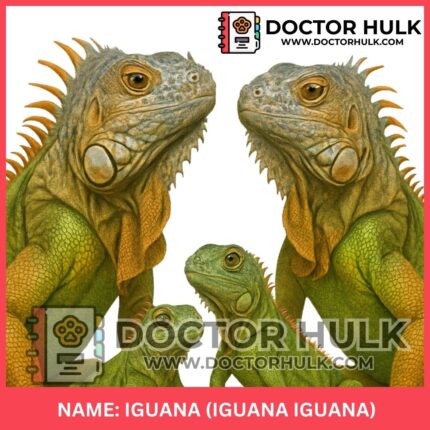

Reviews
There are no reviews yet.